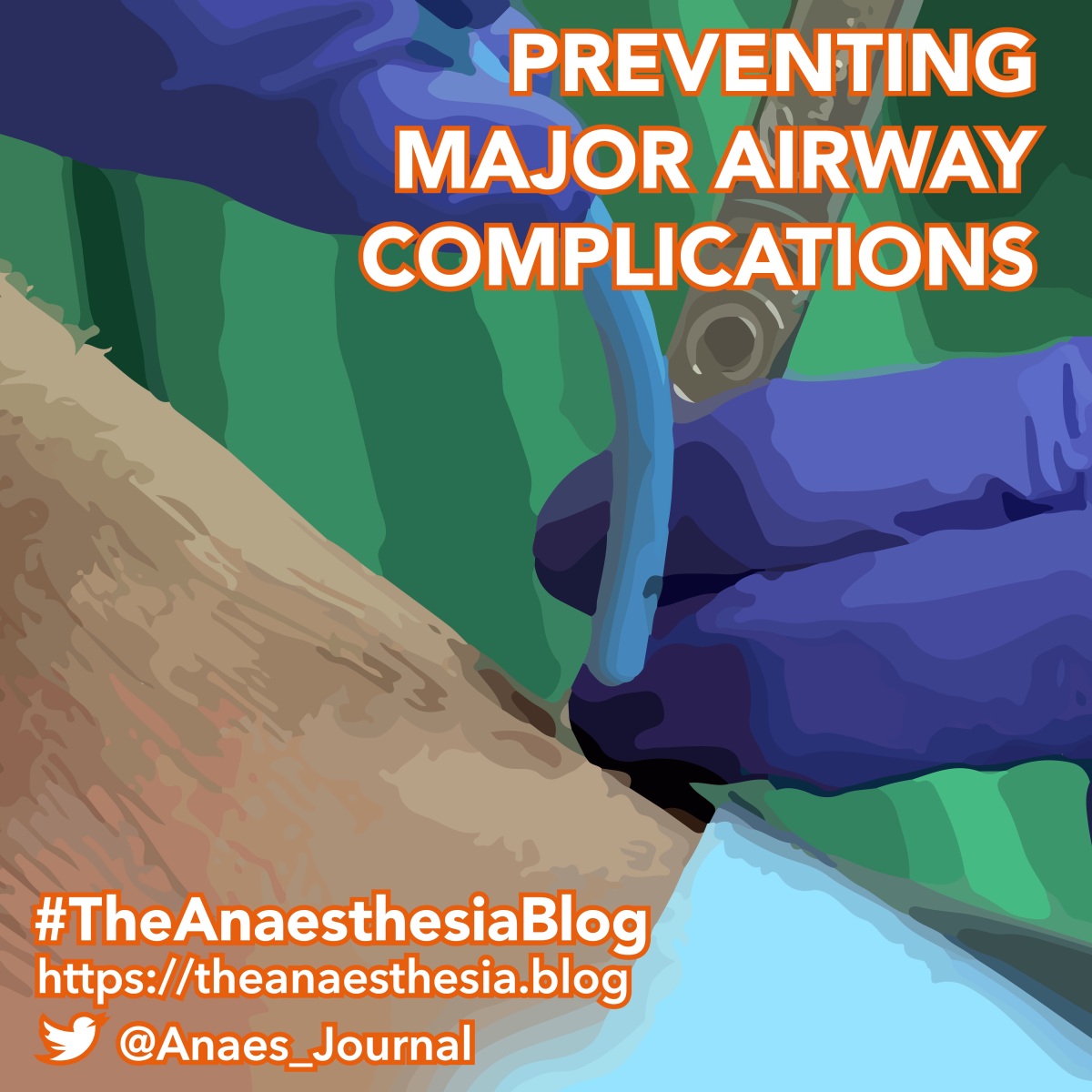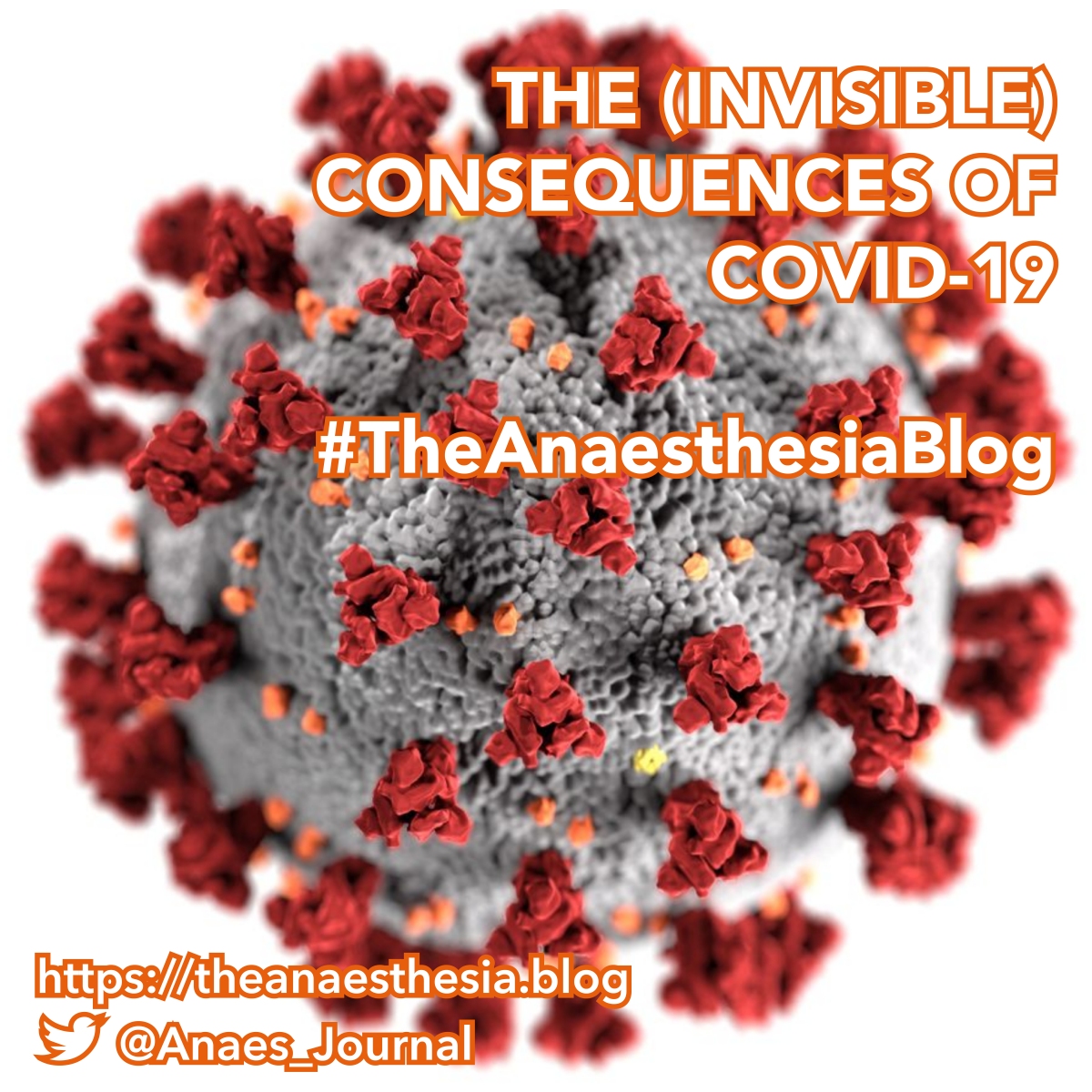The COVID-19 pandemic has affected all aspects of life in many different ways, and one clear theme is the saturation of our inboxes, newspapers, televisions and medical journals with COVID-19-related content. As a journal, we handled and made decisions on a record number of submissions over recent months, and we have: carefully selected 74 COVID-19 papers for publication, which are free to access forever; registered over 1,000,000 full text downloads; and reached over 2 million users on Twitter. However, the sheer volume of information may have, at times, resulted in cognitive overload, more so at times of escalated clinical activity. Kearsley and Duffy discuss all this and more and ask, have we managed the information surge? There are many lessons we can and must learn for the future.
The death of healthcare workers infected with SARS-CoV-2 has received much attention in the media, but there exists no central registry for such deaths. Kursumovic et al. argue the need for robust data and analysis, as the current and future NHS workforce need to feel safe and confident that they will be protected at work. A brand new review from Professor Cook describes in more detail the occupational risk associated with COVID-19 for anaesthetists and intensivists, and is essential reading for all. Patients with severe respiratory failure due to COVID-19 might be referred to a specialist centre for venovenous extracorporeal membrane oxygenation, but how are decisions about acceptance to such centres made? This editorial from Zochios et al. provides a sample decision algorithm, which can be adapted as pressure on resources changes over time (Fig. 1).

Figure 1 Proposed decision algorithm for initiation of venovenous extracorporeal membrane oxygenation (ECMO) in COVID‐19–associated respiratory failure. RESP, respiratory ECMO survival prediction; PaO2, partial pressure of oxygen in arterial blood; FiO2, fraction of inspired oxygen.
The ‘aerosol box’ is a novel device typically consisting of a plastic cube covering a patient’s head and shoulders. At the beginning of the pandemic, inventors of the box were praised by many for their ingenuity. There was, however, no published research demonstrating safety and/or efficacy. This paper by Begley et al. now has five citations and an Altmetric score approaching 400! In it, they report data suggesting aerosol boxes significantly slow intubation times and may even cause damage to personal protective equipment. Another recent paper by Simpson et al. supports this conclusion and goes further by suggesting the risk of aerosol exposure may even be increased. The question is, should we be more cautious about the widespread introduction of novel devices such as this in the future, or is practice before evidence sometimes justified? Other COVID-19 papers this month include narrative reviews of: airborne transmission of SARS-CoV-2 to healthcare workers; point-of-care lung ultrasound; and patient blood management.
The use of high-flow apnoeic oxygenation during laryngeal surgery is something most of us are familiar with, either through clinical practice or the rapid increase in associated publications describing its use. This new prospective observational study from O’Loughlin et al. finds that the use of low-flow tracheal apnoeic oxygenation with a narrow-bore catheter to oxygenate non-obese patients for short duration laryngeal surgery is supported, as it provides adequate operating conditions and without excessive accumulation of carbon dioxide (Fig. 2). Patel and El-Boghdadly remind us that apnoeic oxygenation is nothing new, and was first described 350 years ago. They highlight various limitations of the study by O’Loughlin, and the lack of novelty regarding the study findings. There remain many unanswered questions, such as: ideal flow rates for nasal high-flow apnoeic oxygenation; the potential benefits of lower concentrations of oxygen delivered with low flows; and the prediction of safe apnoea times for individual patients. All in all, the lower you go, the lower the flow; the higher the flow, the longer you go (Fig. 3).

Figure 2 Microlaryngoscopy view showing a 10‐French oxygen catheter in‐situ.

Figure 3 The underlying principles of per‐oxygenation, which includes pre‐oxygenation and apnoeic oxygenation and ventilation. Pre‐oxygenation ends when apnoea starts due to induction of anaesthesia and administration of neuromuscular blocking drugs. Thereafter, apnoeic oxygenation and ventilation and, in the setting of high‐flow nasal oxygen, transnasal humidified, rapid‐insufflation ventilatory exchange. This may continue until desaturation commences. Efficacy describes the time during which pre‐oxygenation achieves a pre‐determined end‐tidal oxygen concentration before apnoea commences. The apnoea time is the time between commencement of apnoea and arterial oxygen desaturation. Efficiency is the combination of pre‐oxygenation with apnoeic oxygenation and ventilation.
We all know we should consider using point-of-care viscoelastic testing during certain clinical scenarios, but many may not be confident to interpret the outputs of such tests. This is more so the case for trainees rotating between hospitals where different tests and systems are used. Rössler et al. developed the ‘Visual Clot’ as an alternative mode of presentation, and this paper describes its use amongst 60 clinicians. They conclude the 3D Visual Clot improves therapeutic decisions based on viscoelastic testing, as pathologies can be recognised more accurately, faster, with greater confidence and reduced perceived work‐load (Fig. 4). Ahmed and Agarwal ask whether or not an old dog can be taught a new trick in the context of visual spatialisation of viscoelastic testing and artificial intelligence. They argue that any system that can help a clinician to interpret complex variables effectively and rapidly, allowing them to initiate interventions accurately, is always going to be welcome. Finally, the recently published international multidisciplinary consensus statement on fasting before procedural sedation in adults and children was has attracted much attention, and this new editorial from McCracken and Smith provides some clinical context. They describe the many strengths and limitations of consensus statements, and the implications for clinical practice. Is it time to disassociate fasting before procedural sedation from fasting before general anaesthesia? There are no doubt strong arguments for and against, in an area where the evidence will always be far from perfect.

Figure 4 Example scenario of a rotational thromboelastometry with a corresponding Visual Clot. The scenario displays a plasmatic factor deficiency, as shown by the prolonged clotting time (CT ) in the (a) rotational thromboelastometry EXTEM and INTEM channel or the missing plasmatic factors in the (b) Visual Clot. This scenario would be answered correctly by selecting ‘plasmatic factors’ as a treatment and nothing else.
Elsewhere we have: a study outlining how a reusable elastomeric respirator may be adapted to address N95 shortages during this and other respiratory pandemics; a quality improvement initiative examining the impact of a risk-stratified thromboprophylaxis protocol; a randomised controlled trial of the efficacy of quadruple treatment on different types of pre-operative anaemia; a prospective cohort study of tranexamic acid before lower limb arthroplasty; and a case series of pneumomediastinum following tracheal intubation in COVID-19 patients.
Over in Anaesthesia Reports, the Assistant Editors have prepared two new editorials. The first by Charlesworth et al. summarises all reports published in the first half of 2020, including their key clinical messages. Bailey and Shelton discuss indexing, metrics and social media, which is a truly fascinating read with something for everyone. Recent reports include: acute recurrent bradycardia with evoked potential loss during transforaminal lumbar interbody fusion; failure of standard tracheostomy decannulation criteria to detect suprastomal pathology; computed tomography scanning in the prone position; and the use of separate-level neuraxial anaesthesia for caesarean delivery in a patient with a history of spinal tuberculosis.
Would you like to join us either as an Editor for Anaesthesia or as an Assistant Editor for Anaesthesia Reports? We are advertising these posts now, and we would be delighted to hear from you!
Mike Charlesworth and Andrew Klein




































You must be logged in to post a comment.